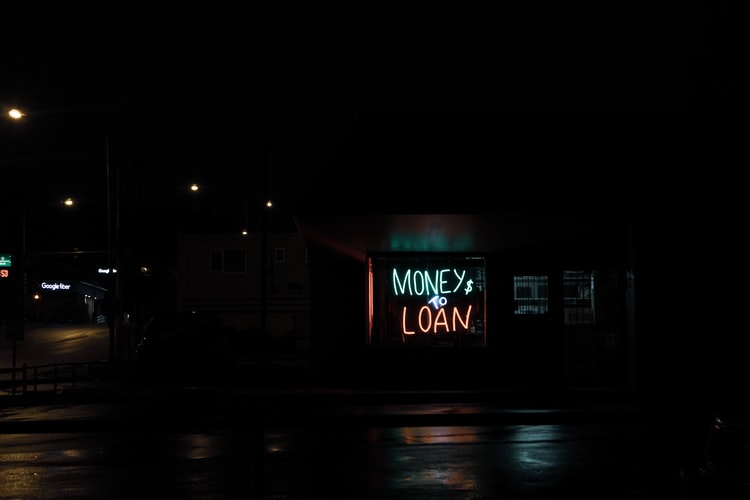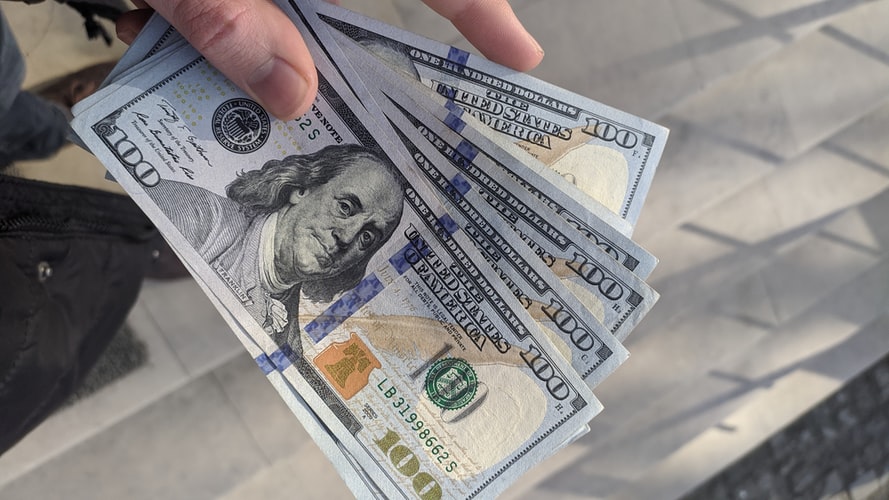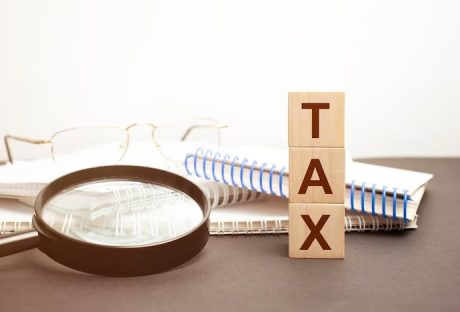The COVID-19 pandemic has caused unforeseen hardships to a lot of entrepreneurs in Malaysia who launched their enterprises in the last couple of years. No one could have estimated the amount of damage to the economy the pandemic would cause or the length of time it would take to recover. The sign of a government loan is like fresh air in the business world, which swift away all your investment-related headaches.
However, there are government loans that you can apply for to help ensure your business survives and has a chance to prosper once the coronavirus has been conquered.
3 Tips For Applying For The Government Loans
The government loans strategy is more robust and well revised. You may be thinking of applying for the loan, but your business is not a big one. You think the government is not willing to lend money to your business. But it is possible.
Here are three easy tips for applying for a government loan.
1. Promoting The Small And Medium Enterprises
These government loan schemes are targeted to help the most financially vulnerable businesses, which are small and medium enterprises (SMEs). SMEs are typically started by well-intentioned but underfunded people who want to put their particular skill-set to use. They might be launched with only a few employees.
Still, by careful management and conservation of their assets, they can grow to make a significant contribution to the state of Malaysia’s economy. The government loan schemes target businesses applying for lower loan totals than a giant corporation would need.
With the world beginning to see the value in micro-finance and recognize the healthy input of small businesses on a country’s economy, the Malaysian government felt that with the effects of the pandemic likely to last for some time, it was the perfect time to offer these loans to the public. The small and the medium enterprises will need significantly less money as the loan, but the success chance is more.
2. Apply Through Existing Financial Institutions
To receive your working capital loan, you apply through an existing financial institution. These are not loans per se but rather government-backed loan guarantees under the Working Capital Guarantee Scheme (WCGS).
You receive the loan through the institution and pay them back directly. The government insures the institution against default. The financial institutes are taking a short period, but as you are now dealing with them, your debt payments period will rise.
Even if you’ve been turned down for a loan by the financial institution because you didn’t qualify under their terms, you can reapply under the terms of the WCGS government loan schemes. Government loans require more guarantees and the assurance of return. When you are applying through the existing financial institute, the process will take a small period for sanctioning.
3. Six Types Of WCGS
The diversity among the business is always present. Therefore, your proposal business planning everything can be different. There are six types of WCGS applying to different people and different kinds of business models. These schemes offer differing amounts of loans as well, so you should choose the scheme to apply for that meets your financial needs.
They each have different qualifications, and you need to read the qualifications of each loan scheme and choose the best one for your situation and business.
- WCGS is a loan scheme that offers from 100,000 to 10 million Ringgit.
- WCGS-SU is a loan scheme targeting startups that offer from 50,000 to 500,000 Ringgit.
- WCGS-B is a loan scheme targeting Bumiputeras that offers from 100,000 to 3 million Ringgit.
- WCGS-X is a loan scheme targeting export companies. It offers loans of from 100,000 to 10 million Ringgit.
- WCGS-W is a loan scheme targeting Woman-owned businesses. It offers loans of from 100,000 to 1 million Ringgit.
- ADGS is a loan scheme targeting companies that engage in automation and digital products and services. It offers from 100,000 to 10 million Ringgit.
To find out more about these government loan scheme’s qualifications, inquire about WCGS schemes with the financial institution that handles your banking.
Conclusion:
Applying for a government loan is making all your hard work easy. Usually, government loans have a low-interest level. The time limit is also going to be more stable. If you follow these tips, you can easily apply for a government loan and start your journey in a more relaxed way.
Read Also:

























